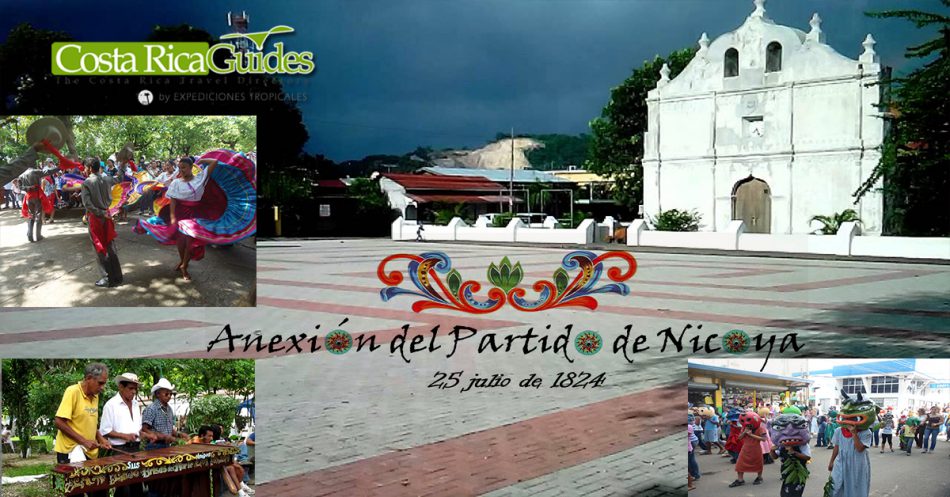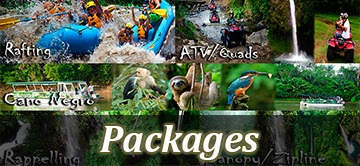The Annexation of Guanacaste Day, celebrated on July 25th, commemorates the annexation of the province of Guanacaste to Costa Rica, which occurred in 1824 – prior to this year, Guanacaste was part of Nicaragua. Due to the fact that Nicaragua was active in many civil wars at the time, Guanacaste’s inhabitants requested to be annexed to Costa Rica. The Central American Federation approved the annexation; henceGuanacaste became a part of Costa Rica.
The ‘Guanacastecos’ have always been well identified with Costa Rica and take pride in being a part of this country. Proof of this is their famous slogan ‘de la patria por nuestra voluntad’, which means ‘part of this country by our own choice’. This annexation by choice celebrates Costa Rica’s core values of democracy.
The Guanacaste Day is celebrated with a nationwide public holiday and bustling celebratory activities and events, especially in the province of Guanacaste. On public holidays, all banks, government offices, post offices and other commercial centers close, thus evidencing the great importance of the Guanacaste Day.
The Celebration
The celebration of Guanacaste’s annexation is comprised by parades, folk dances, typical music, cattle shows and more. The parades involve children marching to the park at the center of town, while wearing masks and dressing up as a variety of personages.
Bullfights are also typical of the Guanacaste Day celebration. However, bullfights in Costa Rica are very different than those in Spain. Tico style of bullfighting does not involve killing the animal; it’s all about young unarmed men teasing a bull or cow around a ring for a few minutes.
Guanacaste’s streets fill out with handicrafts and typical Costa Rican food like tamales and grilled meat with tortillas. Concerts, fireworks and folk dances are also part of the celebration. The most popular typical dances that occur during this celebration include the popular ‘Caballito Nicoyano’ and the ‘Punto Guanacasteco’. Also involved in the celebration of the annexation of Guanacaste is the music of Costa Rica’s national instrument, the marimba.
What was annexed?
Bagaces and Las Cañas (known today as Cañas) and the regions of Tilaran, Las Juntas and Abangares, have always been Costa Rican territories. Prior to 1824, Costa Rica’s border to the northwest was the Tempisque River, and therefore the valleys of Bagaces, Las Cañas, Tilaran, Las Juntas and Abangares were part of Costa Rica, thence they were never annexed









